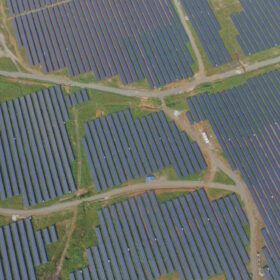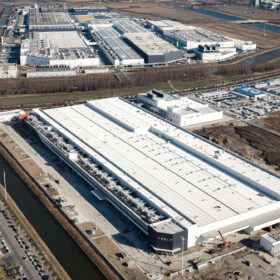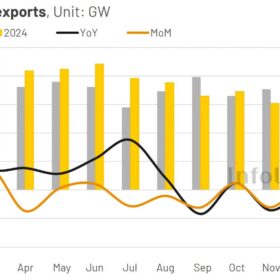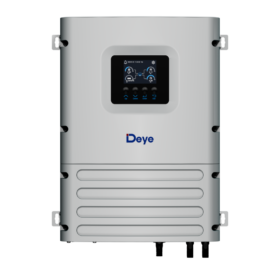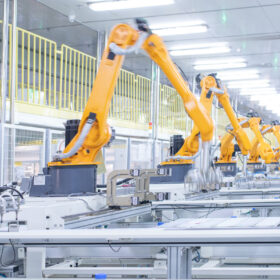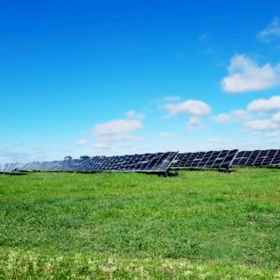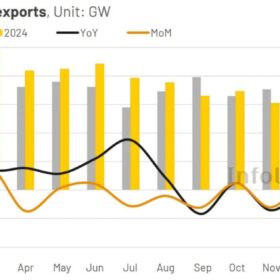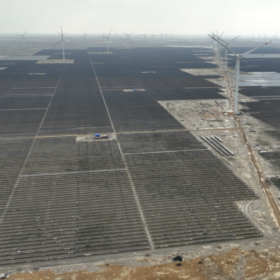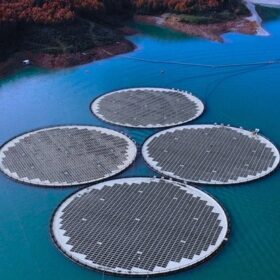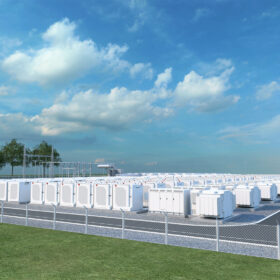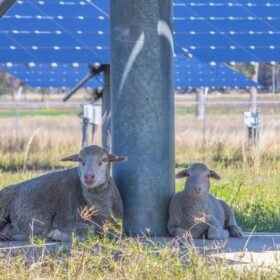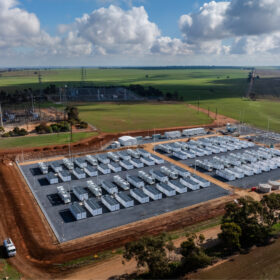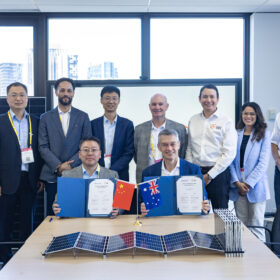Gurin Energy completes 75 MW PV project in Philippines
The ground-mounted 75 MW project features more than 136,000 solar panels deployed across an 80-hectare site. Retail electricity units belonging to Philippine power company AboitizPower will offtake the energy produced.
Tesla eyes Australia as Shanghai Megapack factory begins production
Tesla’s first battery energy storage manufacturing plant outside of the United States has started operating as global competition from Chinese firms and pricing pressures mount.
China exports 235.9 GW of solar panels in 2024
China exported 235.93 GW of PV panels in 2024, a 13% increase over the previous year. Of this, 68.11 GW of modules were shipped to the Aisa-Pacific region, up 26% from 2023.
Deye debuts off-grid inverters for residential PV
Deye said its new single-phase off-grid inverters have an AC output power ranging from 3.6 kW to 6 kW. The systems feature a maximum efficiency of 97.6% and a European efficiency rate of 96.5%.
JinkoSolar sues Longi in Australia in third patent case this year
JinkoSolar has sued Longi for patent infringement in Australia, its third legal action against the company this year, following filings in China and Japan. The lawsuit, filed in the Federal Court of Australia, claims that Longi used an unspecified solar cell technology.
BJEI Australia’s planned 1 GW solar acquisition in doubt
Chinese state-owned company Beijing Energy International has reportedly abandoned its bid to acquire a more than 1 GW package of Australian solar farms after failing to secure approval from the Foreign Investment Review Board.
China exports 235.9 GW of solar panels in 2024
China exported 235.93 GW of PV panels in 2024, a 13% increase over the previous year. Of this, 94.4 GW were shipped to Europe, down 7% from 2023.
India hits 100 GW solar milestone
India has hit 100.33 GW of cumulative installed solar capacity, crossing a critical threshold as it moves toward its 2030 goal of 500 GW of non-fossil energy.
International partners plan floating solar for Australia
Singapore-headquartered Canopy Power has teamed with Norwegian floating PV specialist Ocean Sun aiming to accelerate the deployment of floating solar technology across Australia’s water bodies.
Breakthrough research boosts Li-ion battery stability, efficiency and density
South Korean scientists have developed a breakthrough lithium-ion battery technology by modifying the LNMO cathodes that enhances stability and efficiency, boosts battery lifespan, and energy density of Li-ion batteries.
